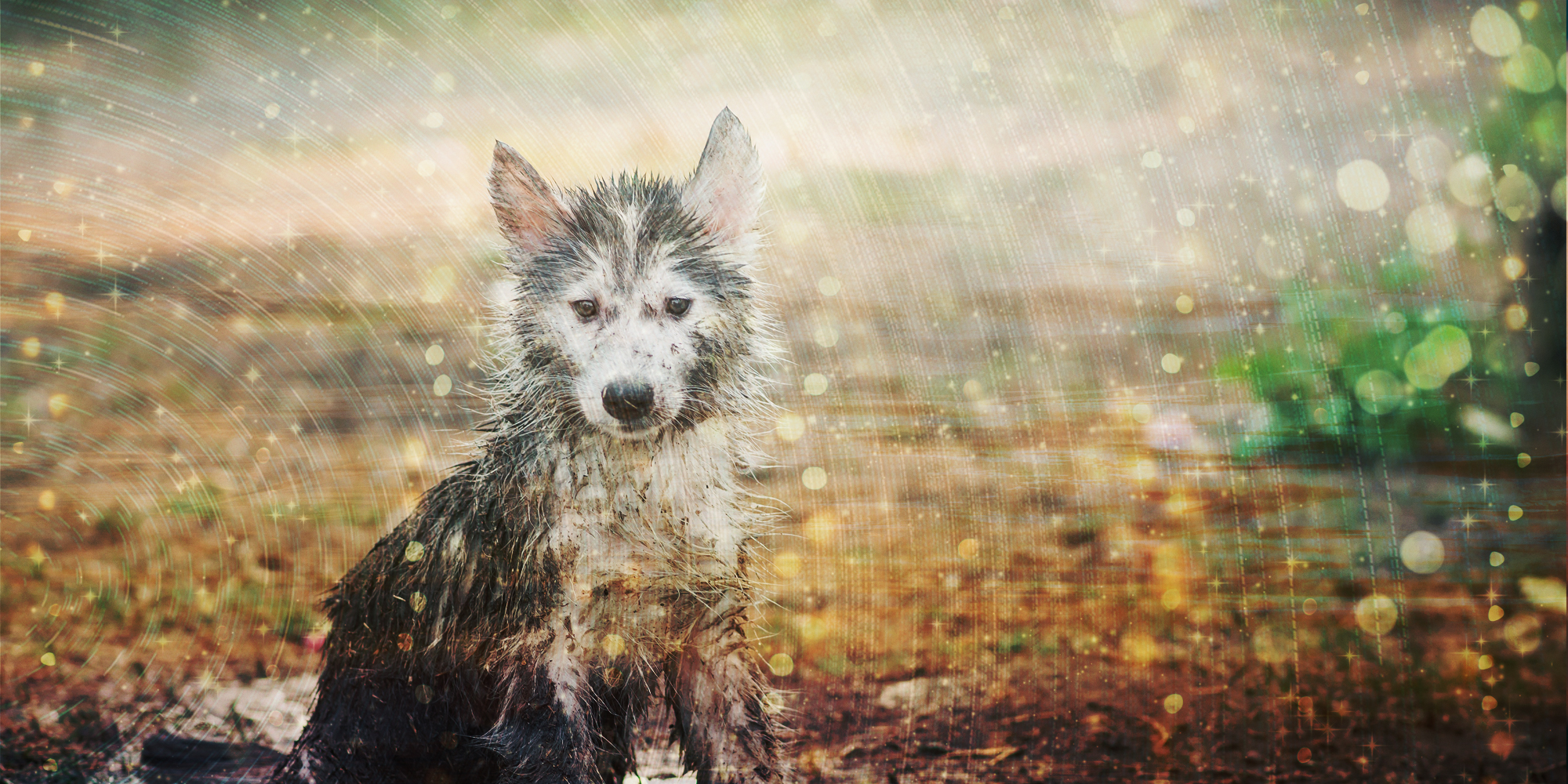How to Optimize Images for Web
Share on Social
Array
(
[networks] => Array
(
[0] => facebook
[1] => twitter
[2] => pinterest
[3] => linkedin
)
[has] => Array
(
[facebook] => 1
[twitter] => 1
[instagram] =>
[pinterest] => 1
[houzz] =>
[linkedin] => 1
)
)

Why is Image Optimization Important?
Although optimizing images for your website is easy, it can make or break your website performance! This is because page speed is one of the main ranking factors in the Google Algorithm. Large and unoptimized image files can drastically increase how long it takes for your pages to load. Plus, slow load times can lead your visitors to abandon your website.
Another key factor when it comes to Image Optimization is SEO. Google looks for any information that your page content matches the keywords users are searching. If the images on your website don’t follow SEO best practices, it will negatively impact your rank. These are just a few of the reasons it is extremely important to make sure all images on your website are optimized properly!
How to Optimize Images for Web: Expert Tips
Optimal Image Size
You should always size your images down to web-friendly file size. A standard rule is that all website images should be less than 1 MB. However, we recommend trying to keep your image file size around 500KB. This will help your website load lightning fast!
Photoshop for Image Resizing
To reduce your image file size, you can use any photo editing software you like. We suggest using Adobe Photoshop if you have it! For detailed instructions about correctly sizing a photo, read this blog article about How to Size a Photo for a Website in Adobe Photoshop.
Formatting Your File Name
It’s crucial to make sure you are formatting your file name correctly. The best practice for image file naming is only lowercase letters with dashes in between (not underscores). This is because Search Engines are able to read words in between dashes to gather information about the image. For example, if you want to call your photo “company summer fundraiser 2022” the file should be named company-summer-fundraiser-2022.jpg.
Choosing a File Name
When it comes to choosing a name for your file, it should always match with either the topic of the page or the subject of the image. Search Engines are working on machine learning for images, but they are not quite there yet. By providing a good file name, you can help the machines along while improving your website’s crawlibility!
Using Alt Tag
Each image should have an Alt Tag or Alternative Text added that describes the context of the image. When you write your image’s alternative text, make sure to describe the image context so that an impaired person could understand what its about, In addition, you should also include the same descriptive text that you used for the image file name so that all the content matches.
Now that you have all the expert tips on image optimization, you can start adding images to your website successfully!

